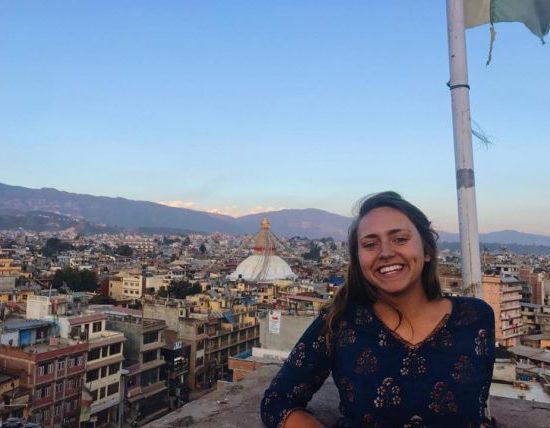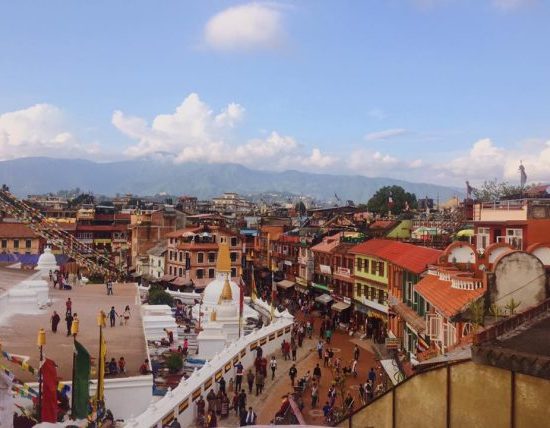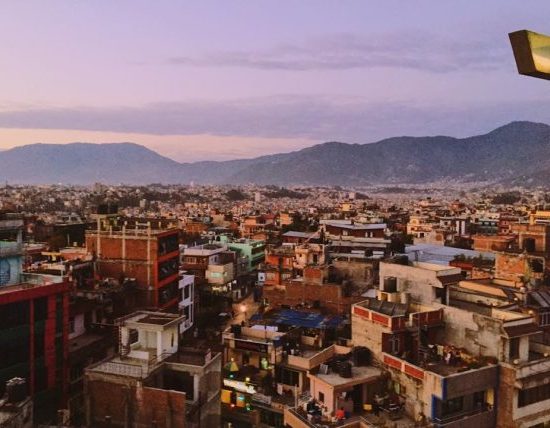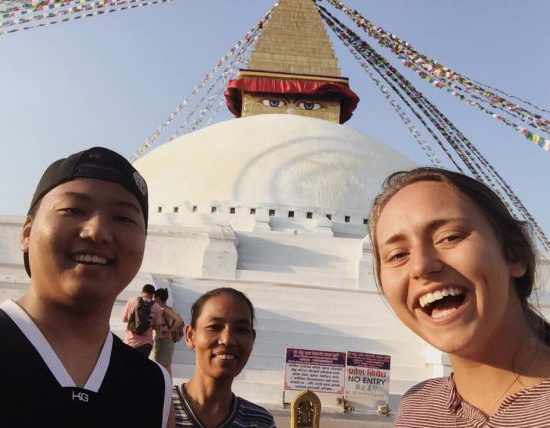
Week 1: Crowds
We often think of crowds as an indication of busyness, but crowds can also tell us something deeper about the culture that they are in. Celebrations, rallies, tourism and memorials are all situations in which people gather beyond the normal hustle and bustle of everyday life. Tell us about the crowds you’ve seen since you’ve been abroad. Where have you seen people gather? Why are they gathering? How big are the crowds? What is the atmosphere like? Is it different from the crowds you’ve experienced either in your hometown or in Hamilton? Is it the same? Tell us your take on what you’ve experienced.
Oneida Shushe
I have been abroad for about a month. From my home base in Geneva, Switzerland, I’ve traveled to Luxembourg, the Netherlands, Belgium, and France. I normally think of crowds gathering outside, but it’s winter, so most gatherings I’ve seen in these cities have been indoors.
In Paris, a crowd swarmed around the Mona Lisa in the Louvre. I asked for directions on how to get to the Mona Lisa (the Louvre is huge, I couldn’t just stumble upon it). As I neared the room in which the painting is displayed, I heard the tourists before I saw them. The crowd was concentrated in front of the painting, with many tourists taking pictures of it, or taking pictures of themselves with it in the background. The acclaim of the work—and a desire to connect to its greatness—drew a crowd.
In Amsterdam, restaurants were so packed at lunchtime that we barely found a place to sit and enjoy a meal. Winter in Amsterdam didn’t feel like winter in Hamilton, NY. Because it was warmer, people gathered outside too. In this picture, you can see a crowd of kids and me (or perhaps more accurately, including me). The woman wearing a scarf—an artist of sorts—was forming bubbles in a busy square. Again, passers-by came closer to experience this childish and pure scene. The simplicity and serenity of watching bubbles float was a welcomed break from the frenzy of a city.

Micah Dirkers
Socialization is a profound human need, recognized famously by Maslow in 1943, and one fundamental way in which people meet this need is through their participation in groups and crowds. While this need is fundamental, the way the individual joins and participates in crowds vary substantially with respect to one’s culture, upbringing, and identity. For myself, crowds at home in the States (and at Colgate) were focal points of collective interest, and one great example of this is the many foreign tourists in Yellowstone National Park who create a vehicular traffic jam at the sight of a moose or grizzly at the side of the road. Indeed, this is a rather rural setting, but during my time abroad in Edinburgh, I witnessed this same basic property of crowds expressed through an urban setting and a different national context.
In Scotland, particularly in the city of Edinburgh, crowds of various sizes congregated at various shops, streets, sites, and monuments, including Princes Street (where all the major retailers have their stores), Arthur’s Seat (a large hill overlooking the city), Saint Giles Cathedral (a religious and historical site). It would be a significant omission not to mention here that probably the most frequent place people gathered were the staggering number of pubs and bars which are situated throughout Edinburgh. They would range in size from three people (three’s a crowd, yeah?) having tea to many tens or hundreds of people touring through the busy city. The atmosphere varied, but it was typically one of enjoyment, and sometimes, curiosity. And this was not fundamentally different from any of the crowds at Colgate or at home, but then again, I was in a predominantly white, western European nation with customs very similar to home, so I suspect I would have encountered more variation had I gone to another part of the world.
Nevertheless, during my time abroad, I also saw crowds with common and differing makeups. Interestingly, these crowds, regardless of location, didn’t always have to be a group of people at one given place at one given time, even though many often are. In other words, I observed that there were crowds composed of many similar individuals who engaged in different activities, such as a group of roommates who would go to school, to the library, and to the bar afterwards. Conversely, there were crowds composed of many unrelated people who came from different places but who all engaged in a common activity. For example, one could observe a gym crowd that exercised on certain days and at specific times, and even though they were not one coherent group who knew each other, they still shared certain behavioral tendencies. Consequently, while there were superficial differences in the crowds that I observed abroad compared to the crowds I have observed at home, each crowd in some way connected the individual to something larger than their individual selves.
Jenny Lundt
First arriving in Kathmandu, I was overwhelmed about the bustle of the city. We were all wide eyed entering the city after departing our peaceful orientation days in Buddhist Pharping. The ever-present cacophony of car horns, cows blocking the roads, and the hordes of motorbikes swarming our bus was a lot to take in. In our arrival packages, we were given masks and warned about the the amount of dust and general air pollution in the air. As we embarked on this 1.5 hour drive, we were all looking at each other trying to internalize all of these new sights and sounds that we would call home. Our bus came to a sudden stop on a very busy street. We all got out with our backpacks incredibly wide eyed. We shot each other glances like “is this really our new home??”
It wasn’t until we entered an intricately delicate gate off the main street that all of our hearts began to soar with happiness. Inside, was the Boudhanath Stupa, a place that we would call home for the next 3.5 months. Boudha Stupa is an area for a different kind of crowd. This massive mandala is the most important Tibetan Buddhism figure outside of Tibet, and you can feel the importance in the air. Each day starting at 4 am, thousands of pilgrims flock to the stupa to complete koras (the Tibetan word for circumambulation. The air is brimming with the chants of monks and the pungent smell of incense. The stupa would become to be the most important place for the 19 people in my program throughout the program as well. My walk to and from class every morning was walking clockwise with the masses. We spent hours on rooftops watching the thousands of koraers and hearing the sounds of prayer wheels in the air with the Himalayas in the background.





